iPhone 6 review: Best & worst features
It's the best iPhone to-date, but there's room for improvement...
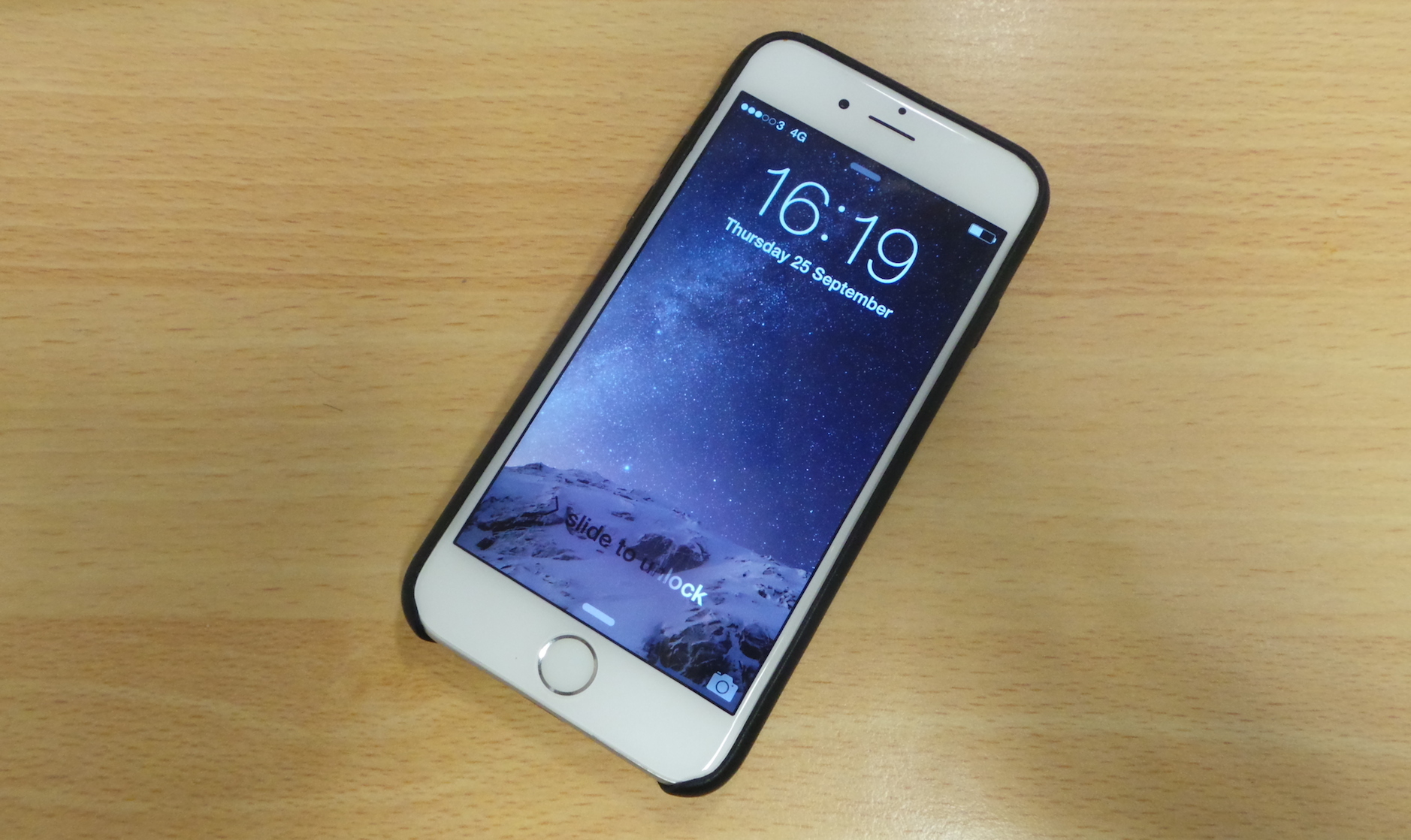

The screen finally gets a much needed boost in size, helping to make this one of the best handsets on the market.
-
+
Great display; Brilliant all-round camera; Looks fantastic; iOS 8
-
-
Fragile; Jury out on battery life; Expensive
The iPhone 6 packs enough upgrades to make it the best iOS smartphone to date. But, like any device, it's not perfect. Below we go through our favourite features, highlight some problematic areas and also have a hands-on video.
Top 5 features
Display & Design
The iPhone 6 is the most comfortable iPhone to hold, thanks to its rounded corners. It's not the lightest because it's bigger than previous versions, but 129g isn't going to weigh you down. Some reviewers have complained about the antennae bars on the back of the device spoiling the look, but I don't think it detracts from the design as this is the best looking iPhone to-date.
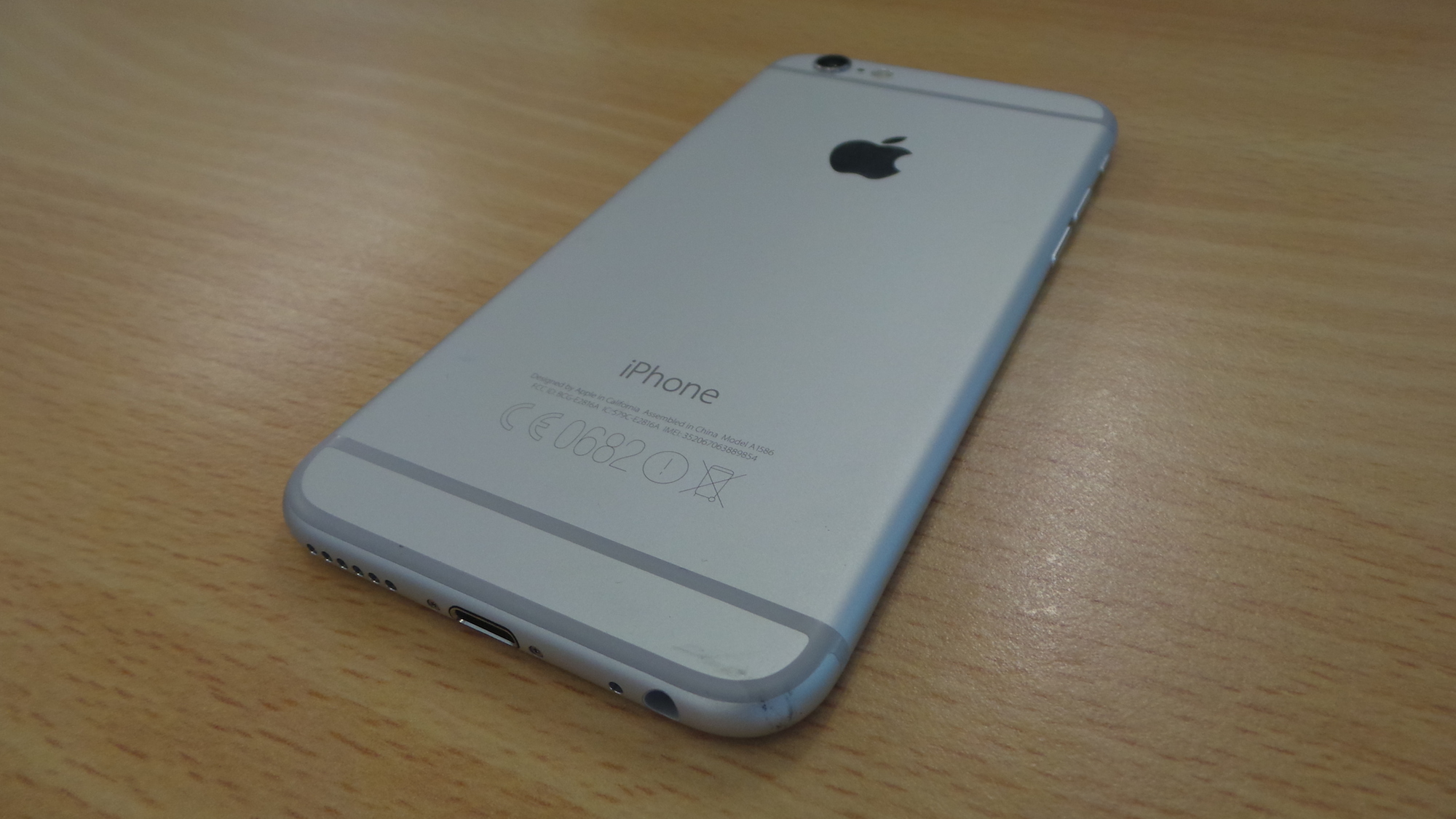
Having grown used to using large Android handsets, my favourite feature of the iPhone 6 is the 4.7in display, which gives websites and videos plenty of room, without making the handset awkward to hold.
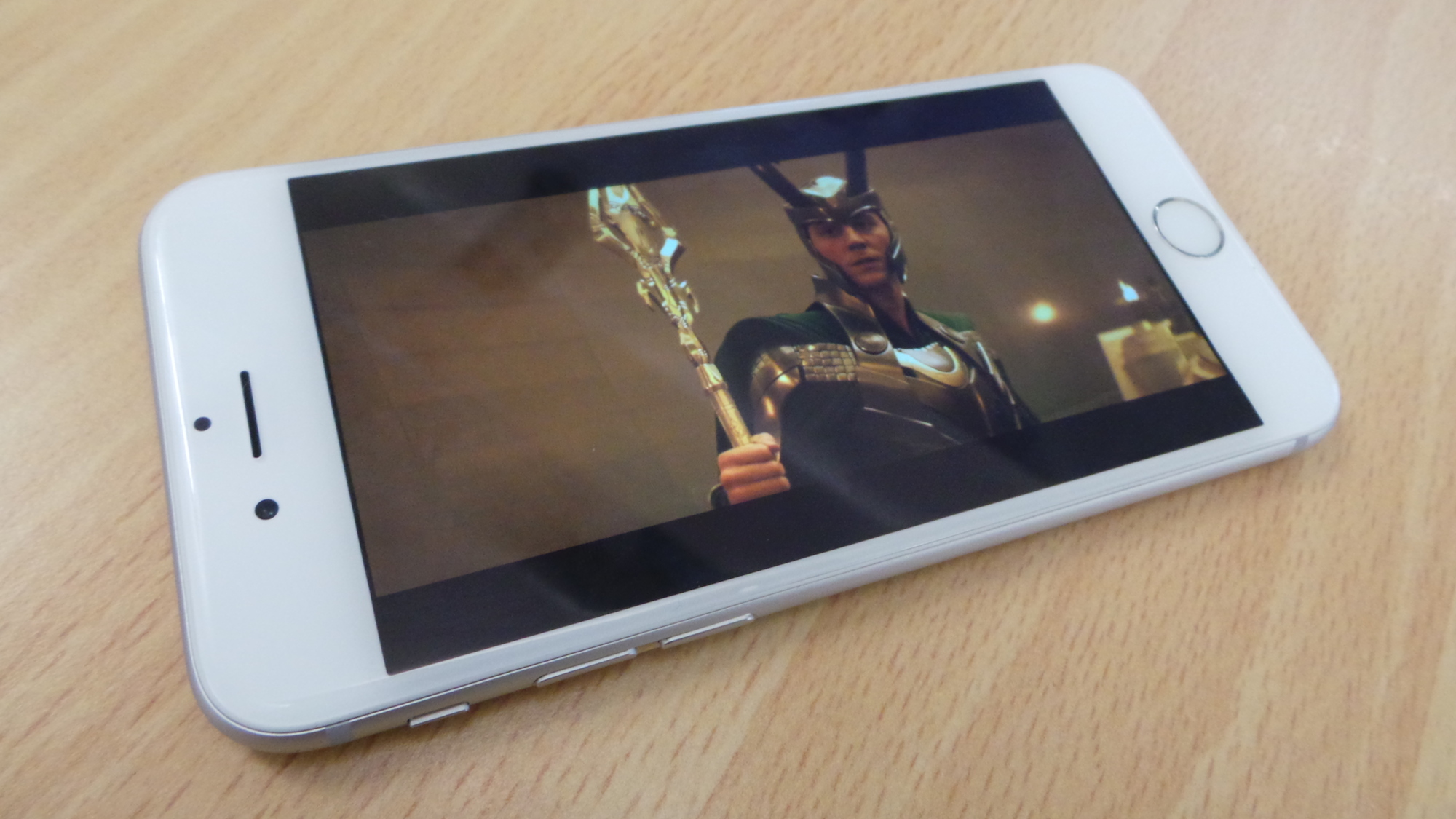
The iPhone 6 panel isn't quite full HD - the resolution is 1334 x 750- with a density of 326 pixels-per-inch. Professionals using the device for graphical/photo work may find the iPhone 6 doesn't have enough pixels, but for normal tasks like browsing and viewing multimedia you'll struggle to tell the difference between this and a full HD handset.
Brightness cannot be faulted, with the iPhone 6 blasting out an eye-searing maximum of 585cd/m2.
According to DisplayMate, the iPhone 6/6 Plus have the best LCD displays to date and we'd be hard-pressed to disagree. However, Apple's Retina Display technology is not quite able to match the Galaxy Note 4. The forthcoming Samsung device uses Super Amoled technology and has been labelled as the best smartphone display on the market.
Faster charging
Apple has tweaked hardware settings so the iPhone 6 can be charged faster when using an iPad adaptor. The device is able to reach full charge in approximately two hours when you use the 2-Amp adaptor instead of the 1-Amp charger provided in the box.
Open APIs
iOS 8 includes 4000 APIs and this helps to give the iPhone 6 lots of interface enhancements. Top of the list is the ability of developers to submit third-party keyboards to the App Store, with Swype being our personal favourite.
Touch ID was previously restricted to unlocking the handset and making purchases from the App/iTunes stores, but it's now possible to log into apps like Amazon using fingerprint authentication.
APIs for HealthKit and HomeKit have also been opened up so future third-party apps could enable you to control various accessories via your handset.
Camera
Despite not having the largest pixel-count, the iPhones have always been excellent all-round cameras. The iPhone 6 retains an 8-megapixel snapper but the lens has been improved in comparison to the 5s.
Two things stood out for us. The iPhone 6 has the most realistic colour replication we've seen to-date (see below) and the addition of Focus Pixels means it'll adjust focus so quickly you won't notice.

For an excellent comparison showing the difference between the cameras from the original iPhone to the iPhone 6 - check out Snapsnapsnap.
iOS 8 adds plenty of features and the best are yet arrive
Apart from the customisable keyboard, iOS 8 brings interactive notifications, private browsing to Safari, and makes it easier to manage privacy settings.
iCloud Drive and Continuity will come into action when OS X Yosemite drops in October. These will allows users to share any files between Apple devices and also to switch between machines mid-task without interruption.
The ability to measure health metrics via the HealthKit app is also incoming, although the time-frame is unknown due to the need to fix bugs.
More testing needed - Battery life
After starting our day at 7am we were down to 50 per cent at 1:30pm. This was with heavy usage in the morning. Arriving in the office at 11am we turned off push emails.
The device will last a full day with moderate/high usage - but power users are likely to need a top up before the end of the day before using it to view multimedia on the commute home.
5 areas of improvement
Simple passcode remains standard
Apple continues to promote the simple 4-digit pin-code as standard and this is disappointing. The ability to create a complex passcode is an option, but it needs to be made defacto.
With the ability to unlock the device using Touch ID, enforcing a long password is not going to cause much inconvenience because it would be used sparingly - ie. after rebooting.
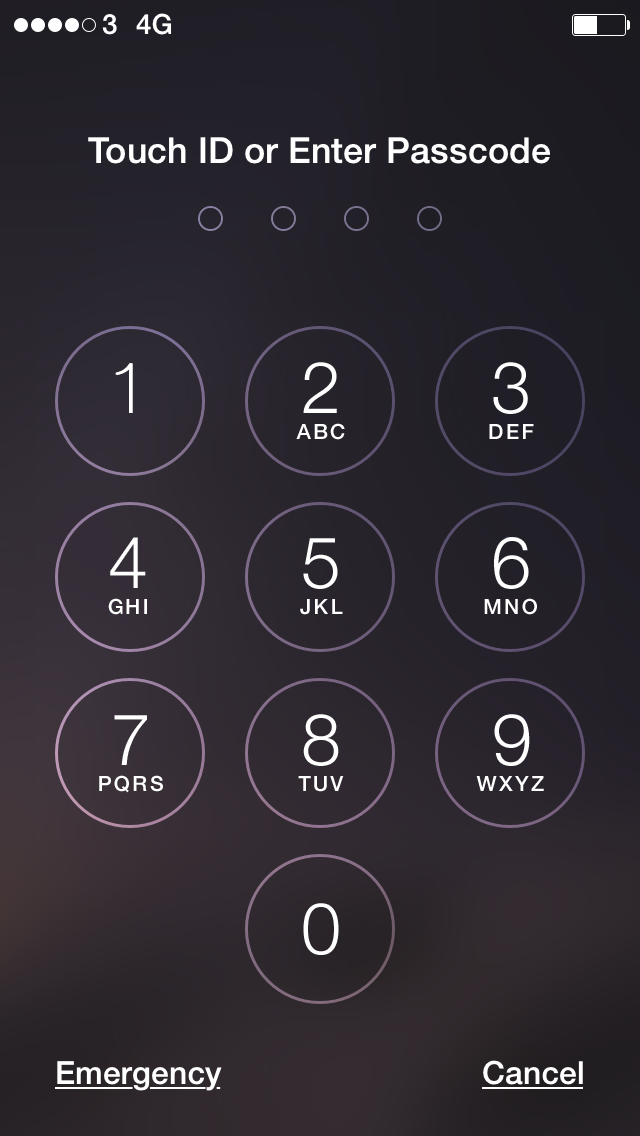
32GB model gets the axe + only 1GB RAM
Apple could have earned a lot of goodwill by axing the 16GB model and offering users 32GB of internal storage for the same price. Instead it offers a 16GB model starting at 539 and then 64GB or 128GB versions, with an 80 jump in price at each level.
Analysts have speculate Apple is persuing this strategy because the 16GB models have always been the best-selling and Apple wants to promote its iCloud storage service. It's a strategy that'll probably pay off as anyone who buys a 16GB handset will run out of storage space in double-quick time and then have to use iCloud.
Sadly the iPhone 6 also ships with 1GB of RAM. Whilst iOS 8 has always been able to run smoothly using fewer system resources than Android, the lack of memory there is less certainty over how well future updates will run. We've already seen the iPhone 4s struggle to run iOS 8 with its 512MB of RAM.
Then again, it could be argued most handsets are built for a 24 month life-cycle, so it wouldn't make business sense for Apple to increase lifetime.
No removable battery/power saving mode
The unibody design means the 1810mAh battery is sealed into body. This is common among vendors, with Samsung being the exception.
Although we do like the new battery usage menu, which shows exactly which apps are draining power, the lack of a dedicated power saving option is missed. Power users are going to find it a chore having to disable background tasks, change the display and network settings manually to save juice. This is an area where Android devices, such as the Galaxy S5, win hands-down.
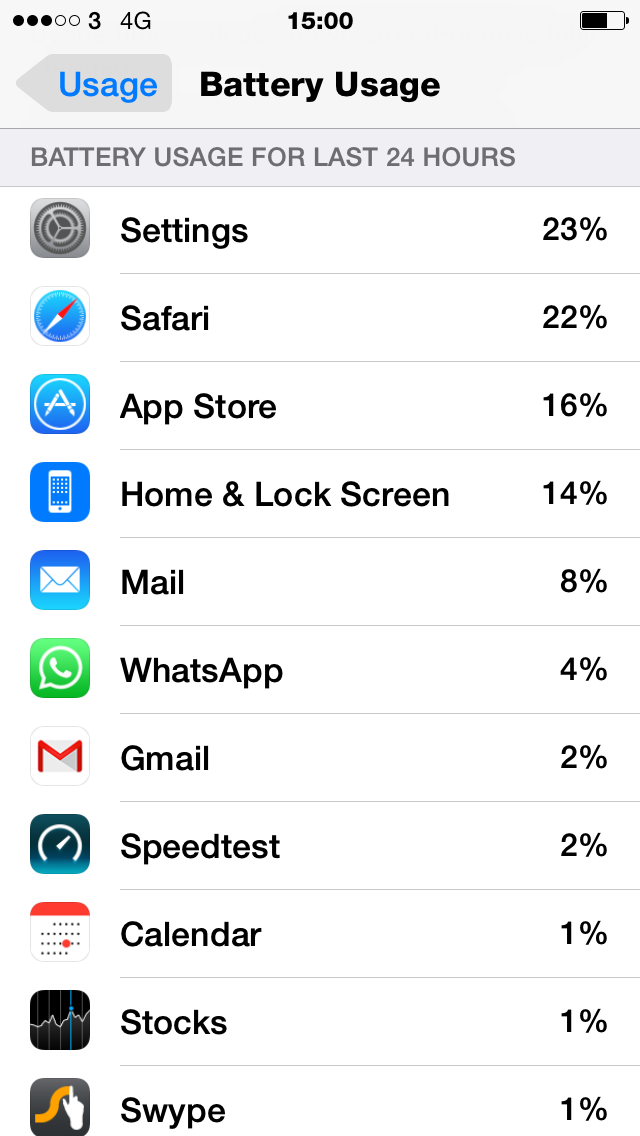
NFC is locked to Apple Pay for now
The iPhone 6 includes an NFC chip but Apple has confirmed this is limited to use with Apple Pay at this time. The US is the only country where Apple Pay is currently active, so users in other countries will no doubt be frustrated. Visa confirmed Apple Pay will be coming to the UK in 2015.
Fragility is an issue
The Aluminium body is sturdy, but the iPhone 6 still has a feeling of fragility. It's not got any of the IP dustproof/water resistant ratings you get with the Galaxy S5 or Xperia Z models.
I did feel a sense of paranoia carrying the iPhone around, especially after watching a fair few drop tests on the web. Using the device without a cover is asking for trouble, which is a shame because it looks beautiful.
On a side-note, the iPhone 6 does not bend (like the 6 Plus) even with considerable pressure applied.
Overall
There's much to like about the iPhone 6. The design, screen size and customisable keyboard are leaps forward. The camera remains one of the best all-round snappers on the market and iOS 8 brings numerous useful updates.
However, there are downsides. The biggest problem remains the fragility, lack of RAM and sealed in battery. On the plus side, the issues we pointed out with the passcode can be remedied and Apple Pay will come to areas like the UK eventually. With the positives outweighing the negatives, we can give this device a recommendation.
Verdict
The screen finally gets a much needed boost in size, helping to make this one of the best handsets on the market.
Get the ITPro daily newsletter
Sign up today and you will receive a free copy of our Future Focus 2025 report - the leading guidance on AI, cybersecurity and other IT challenges as per 700+ senior executives
-
 ‘Phishing kits are a force multiplier': Cheap cyber crime kits can be bought on the dark web for less than $25 – and experts warn it’s lowering the barrier of entry for amateur hackers
‘Phishing kits are a force multiplier': Cheap cyber crime kits can be bought on the dark web for less than $25 – and experts warn it’s lowering the barrier of entry for amateur hackersNews Research from NordVPN shows phishing kits are now widely available on the dark web and via messaging apps like Telegram, and are often selling for less than $25.
By Emma Woollacott Published
-
 Redis unveils new tools for developers working on AI applications
Redis unveils new tools for developers working on AI applicationsNews Redis has announced new tools aimed at making it easier for AI developers to build applications and optimize large language model (LLM) outputs.
By Ross Kelly Published
-
 Google layoffs continue with "hundreds" cut from Chrome, Android, and Pixel teams
Google layoffs continue with "hundreds" cut from Chrome, Android, and Pixel teamsNews The tech giant's efficiency drive enters a third year with devices teams the latest target
By Bobby Hellard Published